The post How to Photograph Long Exposures to Create Dreamy Images appeared first on Digital Photography School. It was authored by Jeremy Flint.

Many new photographers may not know how to photograph long exposures, or even what that means to their photography. Thanks to the development of camera accessories and filters, capturing long exposures is becoming a very popular medium of photography for enthusiast photographers.
Long exposure photography is a technique used by many landscape, cityscape and seascape photographers. Have you ever seen a picture of the city where clouds show motion, the car lights have been made streaky or the seawater is rendered blurry? Well this will usually be the result of using a filter to achieve a long exposure that captures the movement of the subject.

Canon 5DSR, EF24-70 f2.8 USM II | 30sec f/11 ISO 100
Before we look at how to photograph long exposures, it is first worth considering the meaning of a long exposure, and the different types of photography you can apply the method to.
A long exposure is “a timed exposure of a long duration where the shutter is open for a speed of several seconds where the purpose and aim of long exposures is to sharply capture and minimize movement of static objects within the frame whilst blurring the elements with motion.”
Samples of long exposure photography
There are a variety of different styles of photography where using long exposure photography techniques can result in great images. Some examples of popular subjects include landscapes, cityscapes, seascapes, astrophotography (such as creating star trails), street scenes, and even abstract scenes.
Applying the technique of long exposure photography to landscape scenes can be a great way to create drama in skies or foregrounds with moving clouds or foliage.
Shooting water with long exposures can also benefit your images. Capturing moving water can bring an ethereal look and feel to seascapes as waves break or crash. Using a long exposure, you can capture the swell of the ocean or motion of tides for dreamy-looking images.
How to achieve long exposures
When considering how to photograph long exposures,
you will initially need to think about the kit that you will require, how to
set this up and the steps to capturing your image.

Kit required
A tripod is an essential piece of equipment to enable your camera to remain still during the image capture time when the shutter is open.
Next, you will need a cable release, or wireless remote so you can start and stop the long exposure. Please note this is only required if you need to extend your exposure time beyond 30 seconds. If you shoot below 30 seconds your cameras self-timer will be sufficient to trigger and close the shutter.
A filter holder is another essential item that is required to achieve long exposures. These are used to hold the filters in place that will be used to slow the exposure time down.

With regard to using filters, neutral density (ND) filters are recommended to minimize the light entering your camera.
These vary in strength and the effect they can create. The darker the coating, the greater the number of stops of light and the stronger the filter will be. For example, a 10-stop filter will block out more light than a 3-stop or 6-stop filter, and enable you to achieve longer exposures. Examples of these filters include Lee Filters Big Stopper (10-stop) and Little Stopper (6-stop).

Canon 5DSR, EF24-70 f2.8 USM II | 1.5sec f/4.5 ISO 100
Leaving your shutter open for an extended amount of time can result in some really interesting shots. With this shot of a waterfall, I wanted to make the water more blurry, so I set the camera up on my tripod and photographed it using an ND filter and a longer exposure. By increasing the exposure time, you can see I have been able to create a milky, smooth effect on the water, giving a pleasing result to the image.
Set Up
Once you have found a composition you like, you will need to place your camera on the tripod, attach your cable release and affix your filter holder. Next, focus the camera manually (using the MF button on the side of your camera) before putting the filter in place.

Canon 5D Mk IV, EF16-35 f2.8L III USM | 241sec f/11 ISO 100
Steps to photographing long exposures
Once your kit is set up, here are some simple steps on how to photograph long exposures using the equipment mentioned above to achieve sharper images.
1. Bulb mode
Arrange your camera so that you are shooting in bulb mode. This allows you to keep the shutter button open for longer. It will stay open as long as you hold it open.
2. Set your aperture and ISO
I recommend setting a small aperture of over f/8 to f/22. The larger the f/number the longer the exposure you can achieve and a low ISO of 100.
3. Exposure times
Depending on the strength of the ND filter you are using, your exposure time will change. Based on an initial exposure time of ½ second using a 6-stop filter, you will need to shoot for 30 seconds or 8 minutes using a 10-stop filter, for example.

Canon 5DSR, EF16-35 f2.8L III USM | 1.5sec f/4.5 ISO 100
Press the self-remote timer and lock the shutter open
or if you are using the cameras self-timer press the shutter button gently on
the camera. When you are ready to close the shutter unlock the cable release
(if you are using the self-timer the image will finish by itself).
4. Extra tips
If you are using a DSLR, it is also a good idea to use your mirror lock-up so that the mirror going up and down during your exposure doesn’t cause camera shake. Also, be sure to cover the back of the viewfinder to prevent light from entering and potentially ruining your pictures during the exposure. Many cameras have a little rubber cap that comes attached to the camera strap, to cover your viewfinder. That will stop any light leaking through.
Conclusion
In summary, shooting long exposures is a great technique you can use to enhance landscapes, seascapes and images of water where movement is added to the image by extending the exposure time.
When you are looking at how to photograph long exposures, be sure to get the right kit for the job such as a tripod, filter holder, ND filter and a cable release. Remember to follow the steps required above to capture your long exposures, and share the images you take with us below. It will be great to see what you capture.
If you want to go deeper into long exposures, see this article by DPS writer, Rick Ohnsman.
The post How to Photograph Long Exposures to Create Dreamy Images appeared first on Digital Photography School. It was authored by Jeremy Flint.









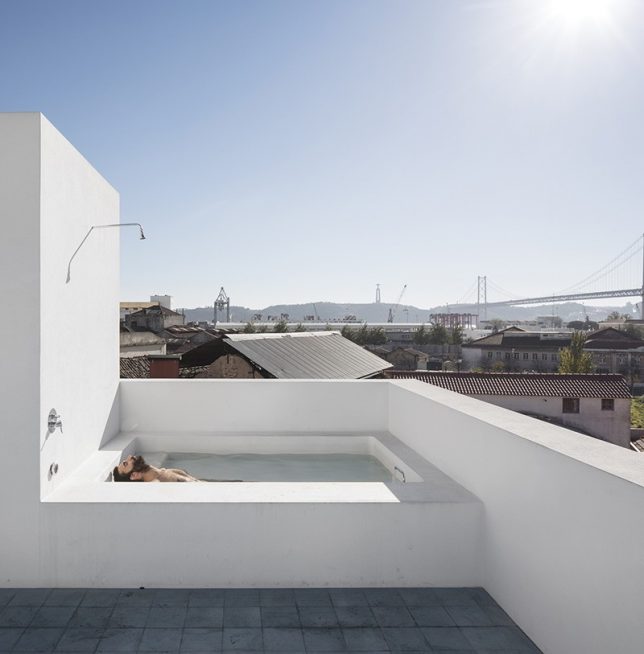





































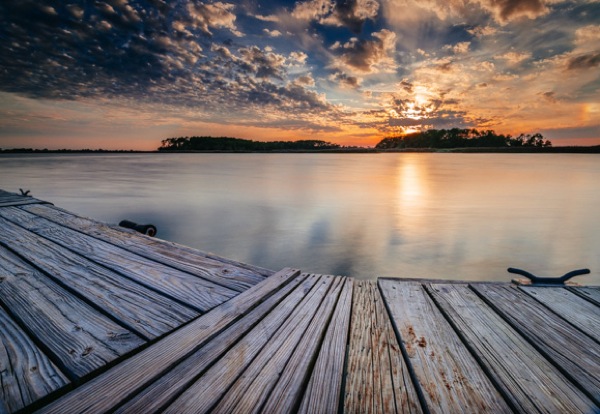


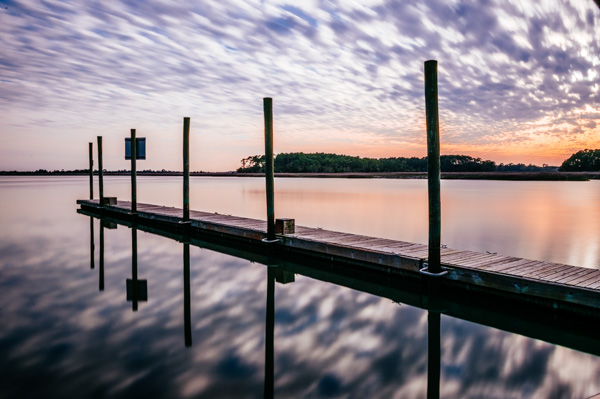
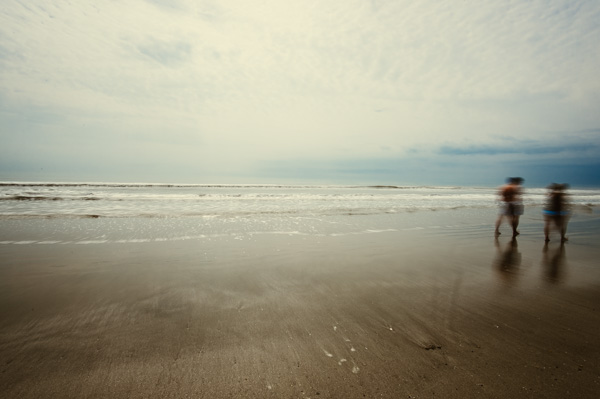
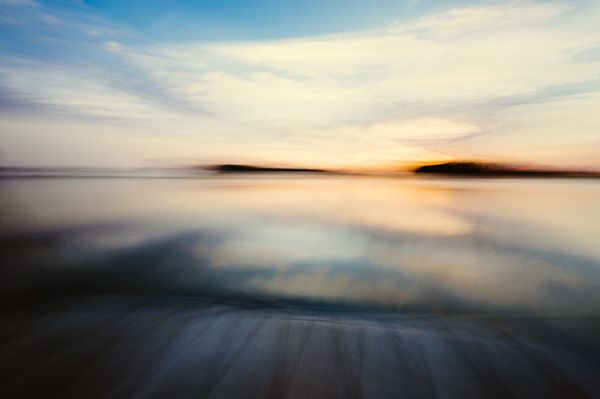
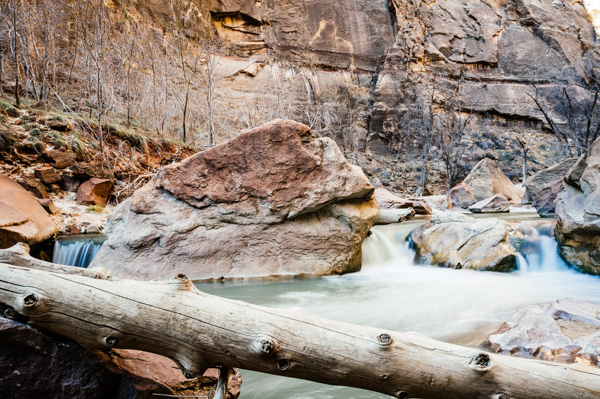
You must be logged in to post a comment.